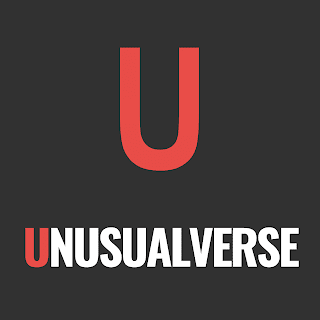English translation: Ixone Sáenz Paraíso
A 2018 research by the French National Centre for Scientific Research has been published where the iconic richness of Sign Language demonstrates the limitations of spoken languages.
The contributions and benefits of Sign Languages are numerous especially in art and science. To these, a final contribution in the field of linguistics can be added that can help to understand spoken languages better.
This research was carried out by Philippe Schlenker, a researcher at the French National Centre for Scientific Research (CNRS) and emeritus professor at the University of New York. CNRS is the most important research institution in France, and the University of New York is among the 50 best universities in the world, which gives us an idea of the researcher’s prestige.
In Search of Universal Semantics
Linguists have long tried to find the principles of universal grammar, which does not mean that all languages can apply the same grammatical rules. Nevertheless, there can be principles of grammatical construction that underlie all languages and which Human being is born with the ability to communicate in a language.In the same way, there is also a growing interest in universal semantics that attempts to explain how human beings construct meanings from a linguistic view. Although these studies are less advanced than universal grammar. Sign Language then comes to bring some light to the state of these studies just as it did with the grammar studies.
Lecture by
Noam Chomsky, linguistic promoter of the theory of
universal grammar
(English subtitles)
Sign Languages Are More Transparent
One of the things that this research comes to tell us is that Sign Languages are more transparent in the sense that there are less equivocal than spoken languages, semantically. The researcher gives the following example:Sarkozy told Obama that he would be electedThis sentence is ambiguous in all spoken languages since the personal pronoun 'he' does not know if it refers to Sarkozy or Obama.
However, this does not happen in Sign Languages, where space is used to represent Sarkozy and Obama, for example, by placing them at different points in the sign space, on the right one and on the left another. The pronoun in sign language must necessarily point to one side or the other depending on who it refers to.
This ambiguity of the spoken languages often complicates the translation of a spoken language to a sign language. It is frequently attributed to a limitation of sign language when this research shows that, in fact, it is an obvious weakness of the spoken languages.

|
| Philippe Schlenker (photo: Université de Genève) |
Sign Languages Are Super Languages
His research also shows that Sign Languages are 'in some dimensions, more expressive than spoken languages because they combine the same type of logical resources with much richer iconic means', according to the researcher's own words, which deserve their qualification of super tongues.This can be exemplified with the verb 'grow'. This verb can express at the same time the speed of growth and the amplitude with which it grows: the speed of growth is expressed with the speed of movement of the sign and the amplitude with a greater final distance between the hands, as it can be observed in the following image:
In spoken languages, this is not possible with the same word, it could only iconically represent the breadth and there are few oral words that can admit this iconicity. For example, saying 'laaaaarge'.
This way, Sign Languages can provide a better understanding of some hidden aspects of oral languages, resulting in another contribution to science that adds to other advantages and contributions that we have already been seeing in Unualverse:
- It makes you mentally more agile
- It favors the understanding of art
- Boosts a better knowledge about autism
- It facilitates human-robot interaction
Sources:
- Devitt-Nyu, J. (2018, November 8). "Sign Language points to limitations of speech". In Futurity. Retrieved from https://www.futurity.org/sign-language-speech-1907062/
- Devitt, J. (2018, noviembre, 6). "Sign Language Reveals the Hidden Logical Structure, and Limitations, of Spoken Language". In New York University. Retrieved from https://www.nyu.edu/about/news-publications/news/2018/november/sign-language-reveals-the-hidden-logical-structure--and-limitati.html
- Hernández Méndez, M. (2018, November 8). "Lenguaje de señas podría ser más fácil de entender que el hablado". In Tek Crispy. Retrieved from https://www.tekcrispy.com/2018/11/08/lenguaje-de-senas-entender/ [último acceso: 21/11/2018]
- Schlenker, P. (2018). Visible meaning: Sign language and the foundations of semantics. Theoretical Linguistics, 44(3-4), 123-208.














